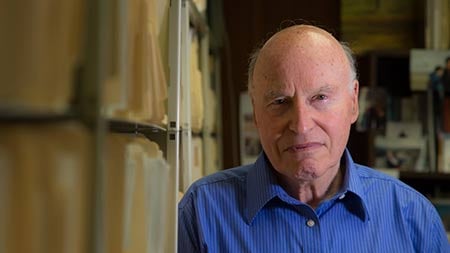 Paul Slovic is a Professor of Psychology at the University of Oregon and has researched how humans perceive risk and make decisions for over 40 years. He will deliver a keynote talk at our international conference in October.
Paul Slovic is a Professor of Psychology at the University of Oregon and has researched how humans perceive risk and make decisions for over 40 years. He will deliver a keynote talk at our international conference in October.
We spoke to Paul about his research into risk, here’s what he said:
How does the human brain assess risk?
In basic psychology there are two ways we think about and evaluate risk. The first is fast thinking, the second is slow thinking. Fast thinking is our gut instinct in action, our caveman brain guiding our decisions and judgements. It relies on images, sounds, feelings and things that come to our attention instantly - the brain is able to process these things swiftly and effectively, enabling us to make quick decisions to protect ourselves in dangerous situations.
The second way of thinking is slow thinking - a more recent evolution of the human brain. Slow thinking relies on logic, data and making evaluated judgements. This method of analysing risks take a lot more effort in order to make a decision on how risky a situation is, but it is very powerful, as long as we have time to play with!
Why do we misjudge risks?
We generally rely on fast thinking to assess immediate risks and this is effective in the main, but it can mislead us in some cases, causing us to underestimate the severity of a situation. An example of this could be reading about climate change and it’s devastating potential. If we rely on fast thinking, we may not anticipate any immediate danger and therefore not see it as a risk, leading to inertia.
What needs to happen so we make better decisions about risks?
We need to start thinking more carefully about risk. There are three main ways we can do this. The first is to become more aware of how both fast and slow thinking can mislead us - this puts us in a better position to switch to more rational thinking.
The second is to spread the word and make others aware - which is why I’m excited to be speaking at the Lloyd’s Register Foundation conference in October. Motivating other people to take effective protective actions is incredibly important but can be hard because the problems and risks appear overwhelming, and we struggle to see how we can make a difference in tackling them. But we can and should act, even when we can’t solve the whole problem. Using the climate change example once more, nothing will change unless individuals take action.
Finally we need to amplify our own efforts in supporting businesses and organisations that are working to address global problems, including NGO’s, multilateral organisations, and research organisations such Decision Research and the Lloyd’s Register Foundation.
We can’t only trust feelings. We also need to employ the parts of the brain that deal with logic and reasoning to make informed decisions when dealing with risk.
